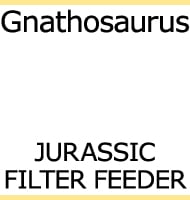Maaradactylus
In Depth Maaradactylus is a genus of anhangeurid pterosaur that lived in Brazil during the early Cretaceous. Maaradactylus is known to have had thirty-five pairs of teeth in the upper jaw as well as a crest rising up from the front of the upper jaw. Being a member of the Anhangueridae, Maaradactylus would have been … Read more
